The finest wildlife animals to “shoot” with your camera. They were named the most dangerous to hunt. Due to trophy hunting, they got their name “The Big 5”.
“For most of history, man has had to fight nature to survive; in this century he is beginning to realize that, in order to survive, he must protect it.”
Jacques-Yves Cousteau
Come and shoot your Big 5 at the Kruger with your camera! The world is drawn to South Africa to view the Big 5, other mammals, birds, and flora that reside in the Kruger National Park.

Content
- Why is the Big 5 known as the Big 5?
- Lion – Panthera Leo – the "KING" of the bush
- Leopard – Panthera pardus – reticent & private
- African Elephant – Loxodonta
- Cape Buffalo – Syncerus caffer
- Rhinoceros – Rhinocerotidae – nose horn
- 10 Tips on why you should take up photography as a hobby
- 2 Big 5 Movies to Purchase for one's Grandkids
- 3 Story Books for the Grandchildren to understand where you have been
Why is the Big 5 known as the Big 5?
Many of the animals in Africa are large, including hippos, certain bucks, giraffes and many others, so why the Big 5? These are the lion, leopard, African elephant, Cape buffalo and rhino. The term “Big 5” originated from the hunting industry where trophy hunting was for one of the Big 5 because while on foot, these large animals are the most dangerous for the hunter. Sadly, poachers get high prices for these magnificent creatures or parts of these endangered animals.
A lovely book I purchased for my grandkids is Africa’s Big Five Wild Animals, so they could understand to a certain degree what I was seeing in the Kruger.
| Predominantly a male sport that still occurs today and which I am afraid, I have no respect for! Having a lion’s head trophy on your wall or as a carpet to boast your “masculinity” does not gain my respect! A tourist’s perspective is to “shoot” all five with his or her camera and it creates an enormous adrenaline rush when you do so! |
Lion – Panthera Leo – the “KING” of the bush

Have you heard the roar of a male lion in the middle of the night? This is a sound you will never forget and the roar can carry for 8 km! Lions belong to the group Panthera, named due to the common cranial features of lions and other cats.
Male lions are called lions and the female is called a lioness, with the babies called cubs. Litters of two to three are born and the cubs stay with their mother until they are about 8 months. Safety is the lioness’ main concern and will move the cubs to a safe den for approximately 2 months, then she will introduce them to the pride. Her sexual activity will only be regained when the cubs are 18 months old. Many lionesses have their cubs around the same time.
They are social creatures and believe in family ties. The girl cubs, female cousins, sisters, and grandmas, within the pride, stay together to make up 3 to 15 or so animals. Normally there are only 2 lions per pride, as the male goes off after two years to make up a new pride. A male matures at the age of 3 years and at 4 to 5 years they are strong enough to challenge another male in another pride, to become “king” of that pride.
Seen the darker mane of the male? Numerous theories about why this is, as Charles Darwin a century or two ago hypothesized that the thick prominent mane around the neck was because it was there to protect the lion from attacks from other male lions. This is not so as males attack each other from the back and at the hips. So the main appeal seems to be for the grandeur of attraction of females and to be a warning sign to other male lions. The bigger and darker the mane is an indicator of the male’s testosterone levels. Therefore more testosterone the stronger the lion.
Hunting normally occurs after dark, and guess what, it is done by the lionesses, who go out in groups of three and use teamwork to stalk their prey. As they aren’t the best hunters, they need to try several times before they catch their prey, offering dominant males with the big voices the catch first to eat, then the lionesses, then the cubs on what is left.
Some interesting facts:
Did you know that in Botswana at the Moremi Game Reserve in the Okavango delta, five lionesses have grown manes? They are also showing male-like characteristics. One is roaring and trying to mount other lionesses.
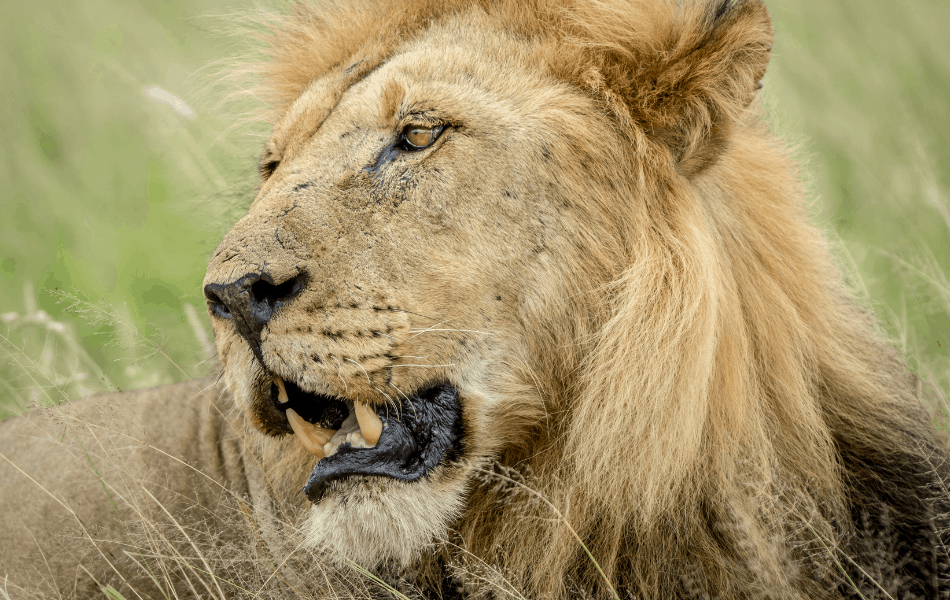
Did you know that both the lion and lioness have a dark tuft of hair at the end of the tail, but the interesting part is that they have tough skin at the tip, called a claw. No other cat has this claw. The purpose of this claw, no one knows.
Leopard – Panthera pardus – reticent & private
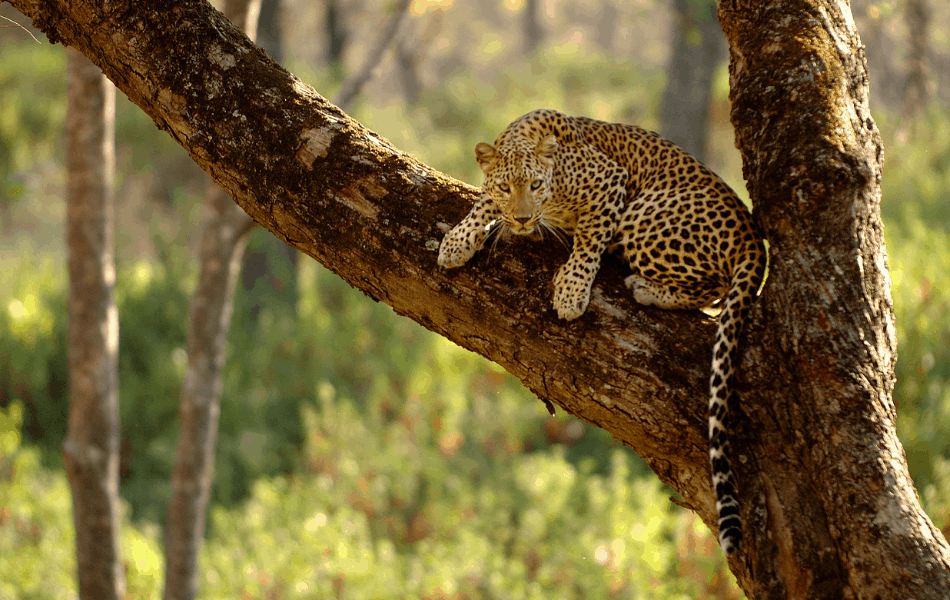
He is shy, private, and hides admirably, exhibiting a personality of good looks and charm. Looking for a leopard can be rather like playing hide and seek in a very large bushveld! Keep your eyes peeled up in the trees, so if searching for this successful predator, drive very slowly along riverbeds in the very early hours of the morning, late evening or go on a guided night drive.
The experienced guides do know where the leopard hangs out, which is along the rivers, especially along the Sabie River, between Lower Sabie and Skukuza. Perfect terrain as there are large trees, which create camouflage, imperative for when prey come down to drink and trees for the leopard to drag with immense strength, its prey to the top, so its catch is away from other scavengers.
Doispane Road and the Matjulu Loop are two very popular high-sighting leopard areas. The tree where they hang out is a regular “home” and they are very territorial and mark their territory meticulously as a warning sign to other predators. They eat and sleep in this tree.
In the wild, they live up to 12 years, are about 70 cm in height, and can be 2.3meters in length. They are large mighty, muscular carnivores with short legs, long bodies, and an all-encompassing head. Their tails are almost as long as their bodies and are used to help give them balance. Coats vary from drier areas to dense bush zones. In the drier areas, they are more yellowish and in the thicker compacted locations, it is more orange. The spots which they have all over their bodies in aid of camouflage with the shadows of the trees or long grasses are called rosettes (as they look like little roses).
Some interesting facts:
Did you know that the leopard has adaptive retinas and can see 7 times better than us in the dark? Being nocturnal predators this ability stands them in good stead.
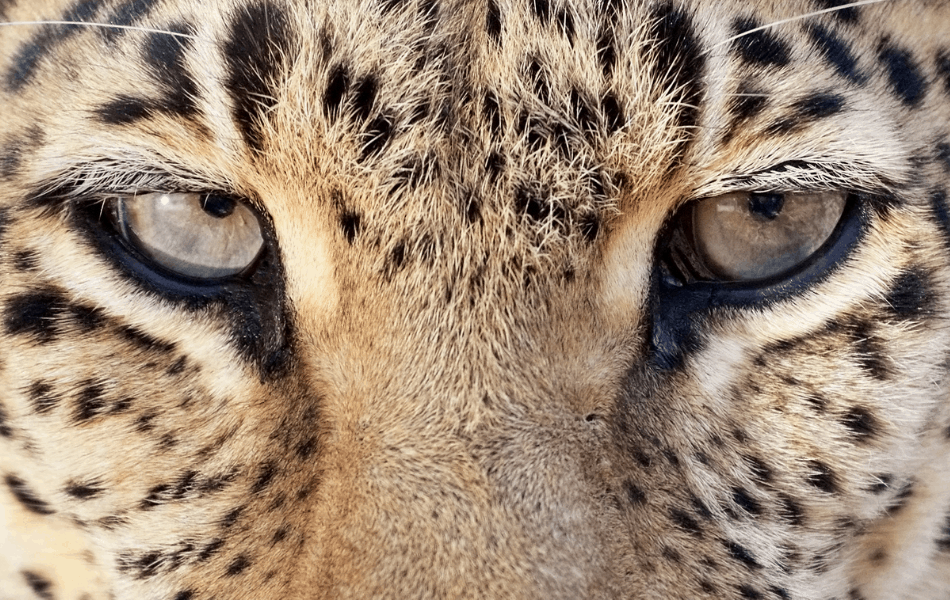
Did you know that leopards love to swim? They eat a variety of different foods, and fish and crabs are part of their diet.
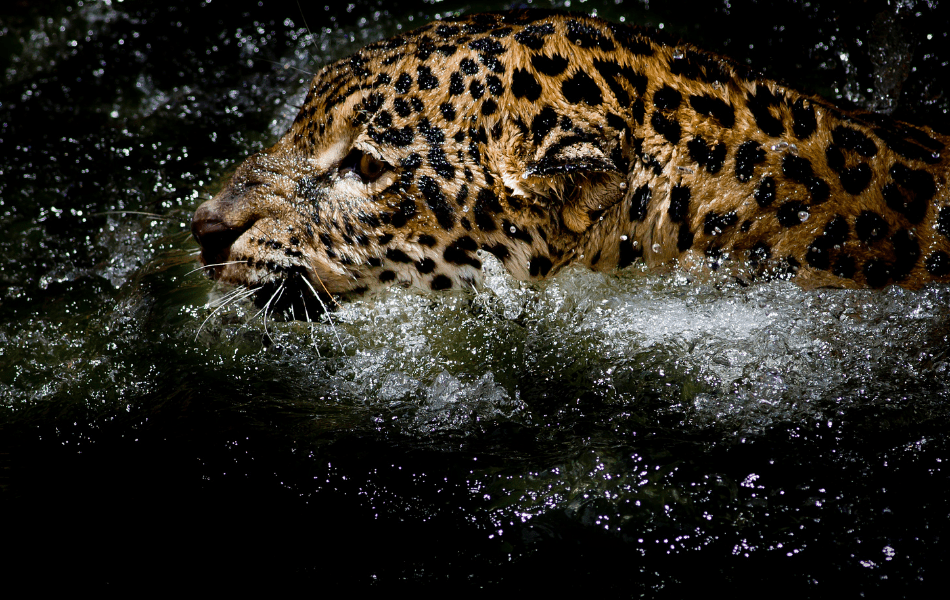
Did you know that leopards are not as vocal as lions, but do communicate rather like your cat at home? They growl when they are irritated, aggressive, or furious, but they also purr when content. The cubs have a distinct call for their mothers. Numerous other vocal sounds express their communication, although they do appreciate being loners.
African Elephant – Loxodonta
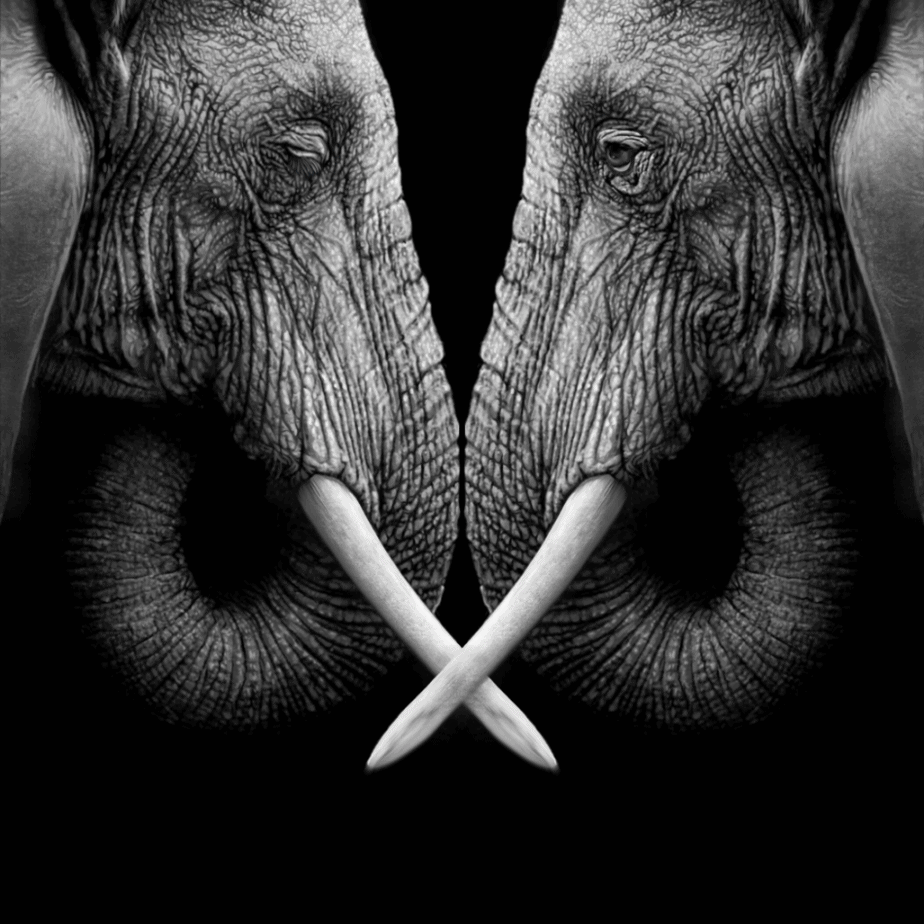
The above art piece with immense detail was done by Jayne Galassi. Her collection of wildlife is phenomenal and appreciated throughout the world. I love her attention to detail and she has captured the “soul” of these elephants in this drawing. If you are interested in any of these remarkable prints and others, contact Jayne directly on her email which is [email protected]. You will not be disappointed! Below is a bit about Jayne.
| Jayne Galassi Artist and Illustrator |
| “Studied at Johannesburg Art College and finished Fine Arts degree through the University of South Africa. Most of my previous work has been sold to private collections, local and international through Cape Town galleries or private commissions. A project involving the depiction of African Wildlife came my way and being a child rooted in Africa, I gave a lot of thought as to how I would depict the wild and undeniable beauty of these beasts, at once savage and terrifying and utterly magnificent. I did not want to paint a postcard scene but rather chose to engage the viewer with those penetrating eyes that seem to gaze deep into the soul. I am all that is Africa, the fierce and cruel beauty that is this continent. Already conscious of the near extinction and mindless slaughter of our wild animals in Africa and beyond, I have access to some wildlife sanctuaries near where I live. An opportunity to study some of these creatures in their natural habitat is a delight beyond words. From the giant elephants to the furtive big cats, they all seem to move with the unhurried dignity of royalty, until they show their predator or protective instincts. As conservation is dear to my heart, in this series that I have created with mindful detail, l I hope to render a conscious awareness of the vulnerability of the wildlife in a natural world that is being threatened constantly.“ |
Have you ever ridden an elephant? This cannot be done in the Kruger as the animals are left to their wild and natural instincts. The main predator, other than the lion, are humans. They are poached in large numbers for the illegal trade of ivory. Their ivory tusks are used to make jewelry and ornaments and they are the main users, even today in China.
This is so terribly sad and when watching the herd around a dead family member brings tears to one’s eyes. They have a death “ritual” and mourn the loss. They can climb onto the dead elephant and all the members of the herd, and gently touch the body with their trunks. How deep their knowledge and understanding are of the situation one does not know for sure. The “funeral” while watching is very authentic and actual.
“We admire elephants in part because they demonstrate what we consider the finest human traits: empathy, self-awareness, and social intelligence. But the way we treat them puts on display the very worst of human behavior.”
Graydon Carter
Imagine this immense size, the largest land mammal on earth! They weigh between 3000 to 6500kg! Old age is common to an elephant. Bulls or cows can live up to 70 years old. Sexual maturity is only reached when is bull is between 10 and 20 years old and the cow at around 11 years old.
Elephants are herbivores and devour grasses, leaves, fruits (they love the marula fruit in the Kruger), twigs, and bark from trees. The bark is imperative to aid in their digestion. They place the food into their mouths with their trunks. Their 26 teeth do fall out and they grow 6 sets of teeth in their lifetime, as the bark and fruit can be rather hard on the teeth. Most of the day is spent eating.
Calves are totally dependent on the cows’ milk for the first two years, then start eating, but still remain reliant on the milk. You can only imagine the amount and size of the dung which comes out of these huge creatures. So wonderful for fertilizing the soil and seed dispersion!
Some interesting facts
Did you know that elephants can’t jump (or fly)? The reason behind this is that there is a difference in the bone structure of the bones in their legs. They point downwards unlike ours. Being so large, they do not have many predators to “spring” away from.
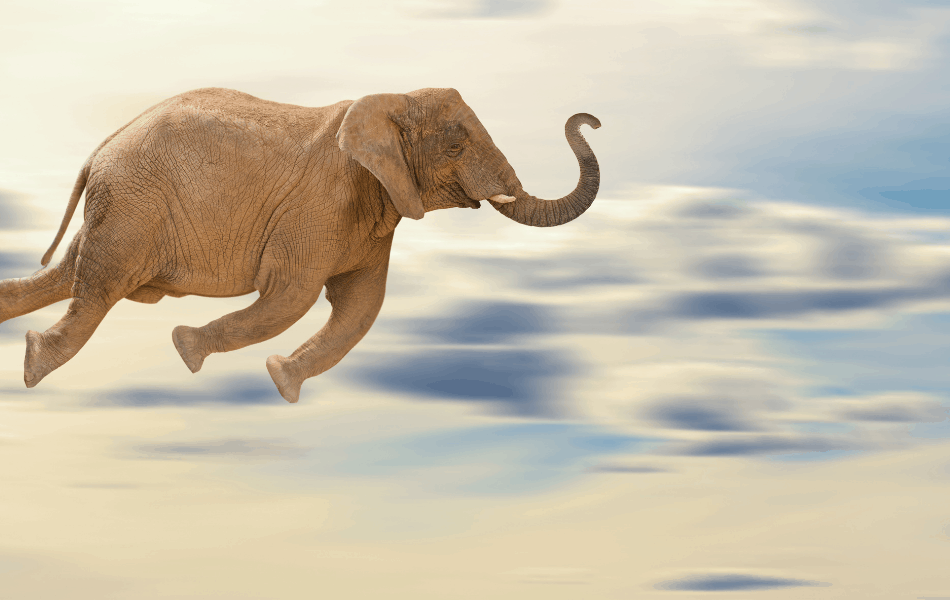
Did you know that they can communicate with each other up to 5 miles/8,04672km away? They do this by trumpeting, rumbling, crying, snorting, barking, and roaring. They have sensitive nerve endings in their feet, so can hear the vibrations.
Cape Buffalo – Syncerus caffer
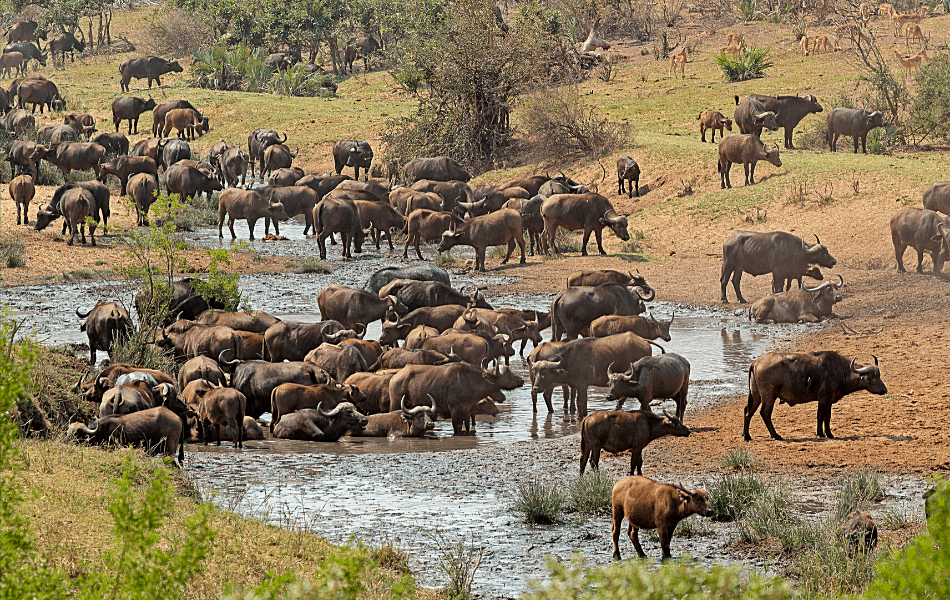
He looks sweet and gentle, doesn’t he? Don’t believe his appearance. The Cape Buffalo is one of the most dangerous animals in Africa! The story goes, that they have killed more game hunters than any other animal. An old bull can get extremely grumpy and will attack anything in its path. Those horns are deadly. They circle their prey and when the moment is right they attack! The Cape Buffalo is also known as the “Black Death”.
10 interesting facts about the Cape Buffalo
- are herd animals and the herds can become very large from 500 to 2000 buffalo. another collective noun is “gang”.
- an old bull is often referred to as a “dagga boy” and leaves the herd to roam by itself or with other “dagga boys”
- the grass is their primary cuisine close to water sources and these herbivores prefer longer grasses. They are regarded in the ecology as lawnmowers as they thin out the savannah so new rebirth can occur
- swimming is part of their nature and can swim in deep waters to find better grazing areas across the river
- cows have their young at the ages 4 or 5 and the calves are with their mothers for a year
- bulls grow much larger than the cows and can weigh up to 800 to 900kg. The cows are up to 700kg.
- grazing takes place mainly at night and early morning, but takes turns to lie down. During the day they rest from the heat of the sun or cool off in the river.
- a buffalo never “forgives” and has an astonishing memory. If anyone or anything does something malicious to a buffalo and returns years later, it could attack you. A hunter’s nightmare!
- the “pathfinder” which is an experienced cow, will lead the herd to the best grazing
- oxpeckers, a bird, you will see on the backs of the buffalo. Their purpose is symbiotic and removes the ticks and other insects from their hides
Did you know that the buffalo has a smooth tongue? In the 1800 thousands of buffalo were slaughtered just for their tongues. Why? As a gourmets delight! Whew, humans are so inhuman!
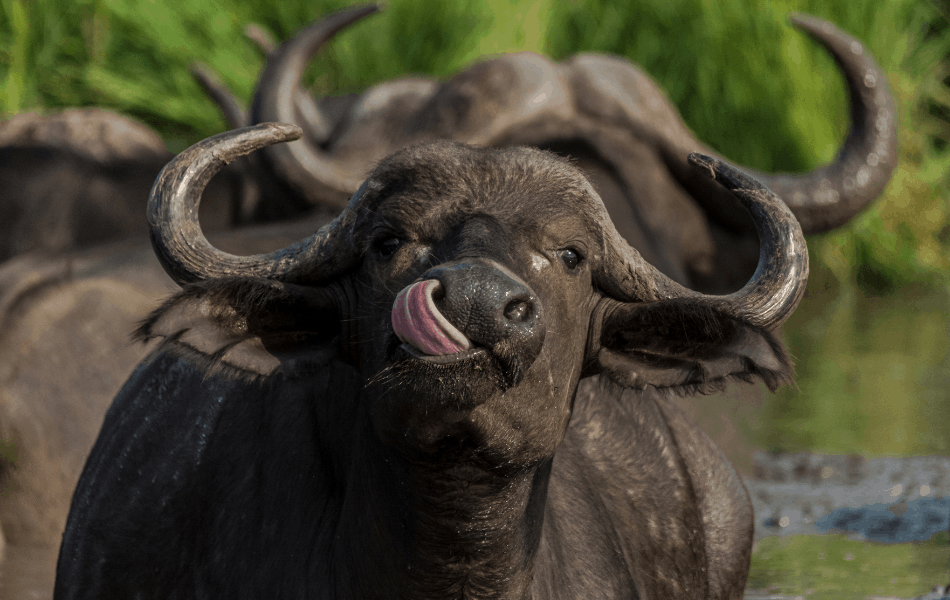
Rhinoceros – Rhinocerotidae – nose horn
The rhino is endangered and their horns are made from keratin. Due to this fact, illegal poaching is predominant in South Africa which has the largest number of rhinos in Africa. They are poached for the keratin (the same substance as fingernails and hair) which is ground down to powder, which is used in traditional medicine predominantly in China but is also used as a status symbol for the wealthy. Vietnam’s appetite for rhino horn is growing constantly and is valued for its weight more than gold. So rhinos are heavily targeted by poachers. Organizations such as Hemmersbach Rhino Force are in the Kruger to protect the rhino species from illegal poachers.
“We will do everything in our power to end the slaughter of rhinos ensuring their survival for future generations.”Ralph Koczwara
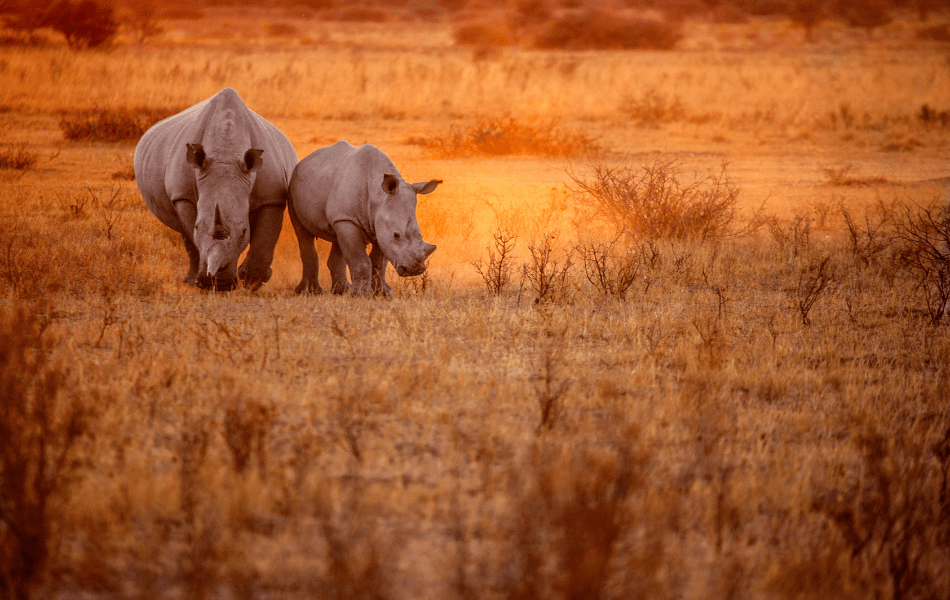
A group of rhinoceros is called a “crash”. Rhinoceros is actually a Greek word. “Rhino” means nose and “Ceros” means horn. Just by looking at the rhino, you can see why. They are the second-largest land mammal on earth. The black rhino and the white rhino, reside in Africa. The white rhino is the largest and can weigh up to 2500kg. Height up to 1.8m.
An interesting fact
Did you know that rhinos communicate through their dung? They take one whiff and know the sex, age, and if the cow is in season or not. In a particular area, all the rhinos will go to one dumping ground to excrete their waste and this is called a midden.
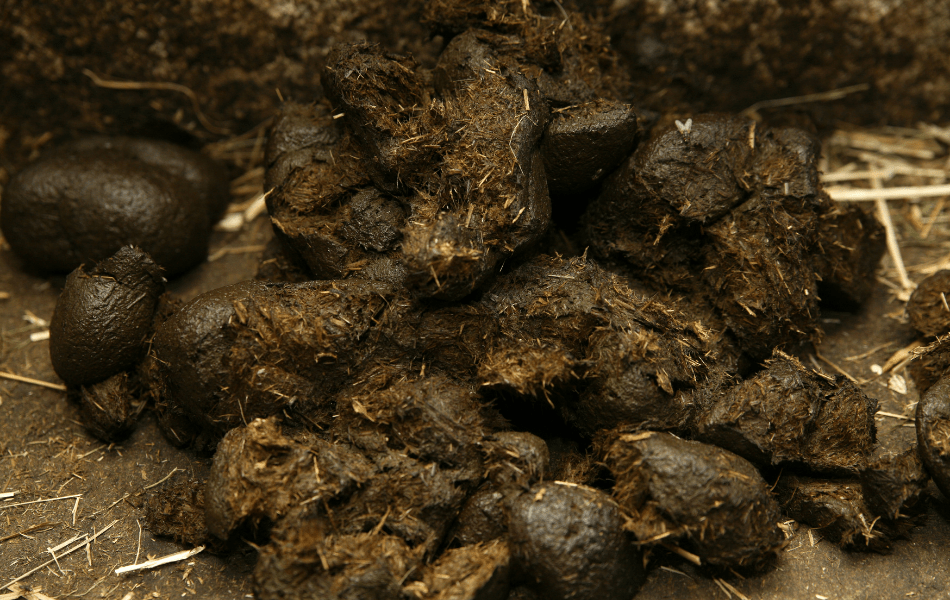
If the rhino horn falls off it will grow again and grows throughout the lifespan of the rhino. Their eyesight is very poor, but they have an unbelievable sense of smell and auditory abilities. If you happen to be in the line of a rhino, it will struggle to see you 40m away, but if the wind is blowing in their direction, your aroma will be picked up very quickly.
If you move and they hear you they know you are there. Once when my sister was on a hike through the bush, she and the group’s scent was picked up. She ran and he charged and she didn’t know she could climb a tree so fast. The ranger does carry a gun with him at all times, but thankfully no rhino or individual was hurt.
Their hide (skin) is very thick, but like the elephant can get sunburnt. They roll in the mud and the mud provides sun protection. Rhinos run on their toes and can run exceptionally fast up to 45km per hour.
The bulls are very territorial and normally only socialize when they have picked up a scent of a female. The cows can be solitary, but a cow and her calves, and sometimes other cows, make up for the crash.
You do find both white and black rhinos in the Kruger National Park, but their prime habitat choice is the south in the woodlands. I call the white rhino the “bodybuilder” of the two. They are larger and have a longer skulls and broader shoulders. How to spot the difference is their lips. The black rhino’s lip is hooked and the white rhino’s lip is square. Their color makes no difference when seeing them together. Both are grey!
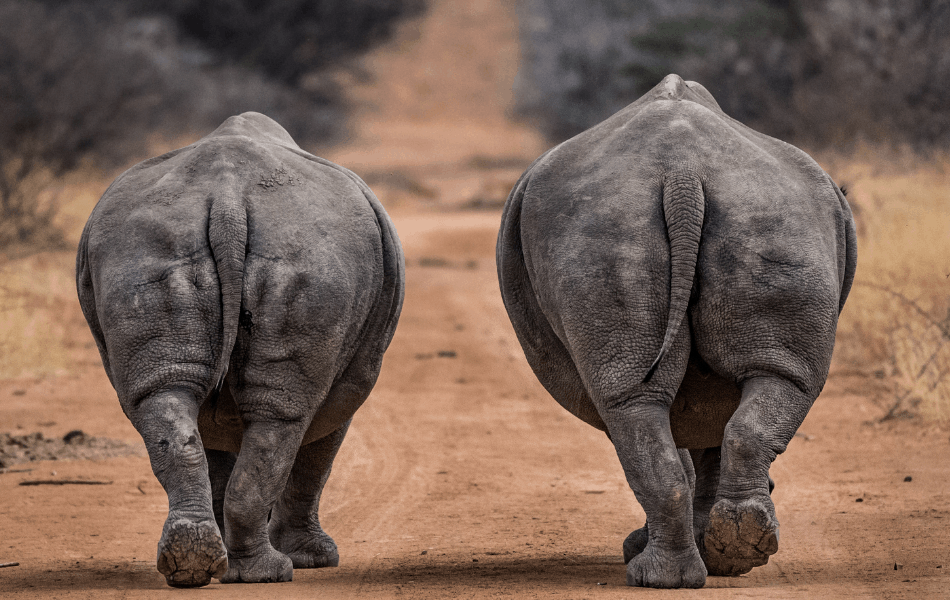
Amazing Africa online has fantastic products, made in South Africa for the avid Big 5 lover. Have a look at these detailed, beautiful products that just showcase the incredible animals found in the Kruger. Through the making of these labor-intensive chess sets, many jobs are created and the alleviation of poverty is assisted.
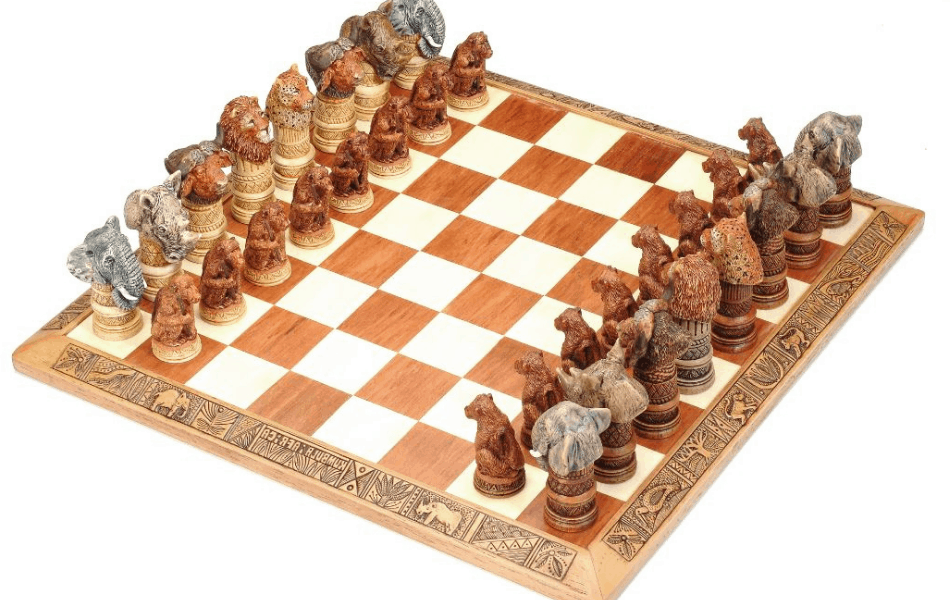
10 Tips on why you should take up photography as a hobby
As you are looking to travel to all these exquisite places and go on new adventures, a fabulous hobby to start is photography! It needs no qualifications, and no obligations to others, but will create inspiration and new interest. As we advance into wiser years, photography allows us to view the world with new eyes, capture what we see, and share that moment with others.
On your vacation to the Kruger National Park, you will see occurrences and thrilling interactions of animals, birds, reptiles, and even insects that you never want to forget. Plants, trees of splendor, and even grasses are unique. Capture these!
I did a personal interview with David Batzofin, a wildlife photographer and you can see what he advises.
- collect memories of your travels to share with loved ones
- have a new interest that excites you
- identify what is important to you
- photography is relaxing
- it is healing and therapeutic
- it enables you to express your passion quietly
- your grandkids will want one day to see your history
- photos help us to remember the moments
- photos are a form of art and communication
- it inspires you to travel more and get out there
Some RECOMMENDATIONS on cameras to purchase for “shooting” in the Kruger National Park
“A good photograph is one that communicates a fact, touches the heart and leaves the viewer a changed person for having seen it. It is, in a word, effective.” – Irving Penn
2 Big 5 Movies to Purchase for one’s Grandkids
The Lion King is the most treasured movie to watch with your grandkids, whatever their age. You will also be passionate about it. It is South Africa in the true wilderness!
Do you remember DUMBO? I am sure you have watched this fabulous movie yourself. Let the grandchildren relate to your Big 5 adventure with their imaginings.
3 Story Books for the Grandchildren to understand where you have been
Running Rhino (African Animal Tales) is a book for the ages up to five years old. It is beautifully written with lovely illustrations. Can also be an opening discussion on the habits of a rhino and how they run on their toes.
We know that the buffalo likes to attack with his horns. African Animal Tales: Bumping Buffalo is a kid’s story about a buffalo who also likes to bump into everything.
My granddaughter has this book and loves it! Tinga Tinga Tales: Why Leopard Has Spots
A poem by David Diop (1927 – 1960)
Africa my Africa
Africa of proud warriors in ancestral Savannahs
Africa of whom my grandmother sings
On the banks of the distant river
I have never known you
But your blood flows in my veins
Your beautiful black blood that irrigates the fields
The blood of your sweat
The sweat of your work
The work of your slavery
Africa, tell me, Africa
Is this your back that is unbent
This back that never breaks under the weight of humiliation
This back trembling with red scars
And saying no to the whip under the midday sun?
But a grave voice answers me
Impetuous child that tree, young and strong
That tree over there
Splendidly alone amidst white and faded flowers
That is your Africa springing up anew
springing up patiently, obstinately
Whose fruit bit by bit acquires
The bitter taste of liberty.
Share with us in the comments section of the moments you experienced in the Kruger National Park. Did you see all the Big 5?
Recent Posts
Discover insider tips to find cheap flights from the UK, save on easyJet, Ryanair & BA, and score the best weekend and last-minute deals. Why You’re Paying Too Much for Flights Most UK...
Discover the sounds of travel, from laughing kookaburras to market chatter, church bells to ocean waves - a journey heard as much as seen. It always starts with a sound. The other day, walking...


One thought on “Finest Animals to Spot in the Kruger National Park”
Comments are closed.